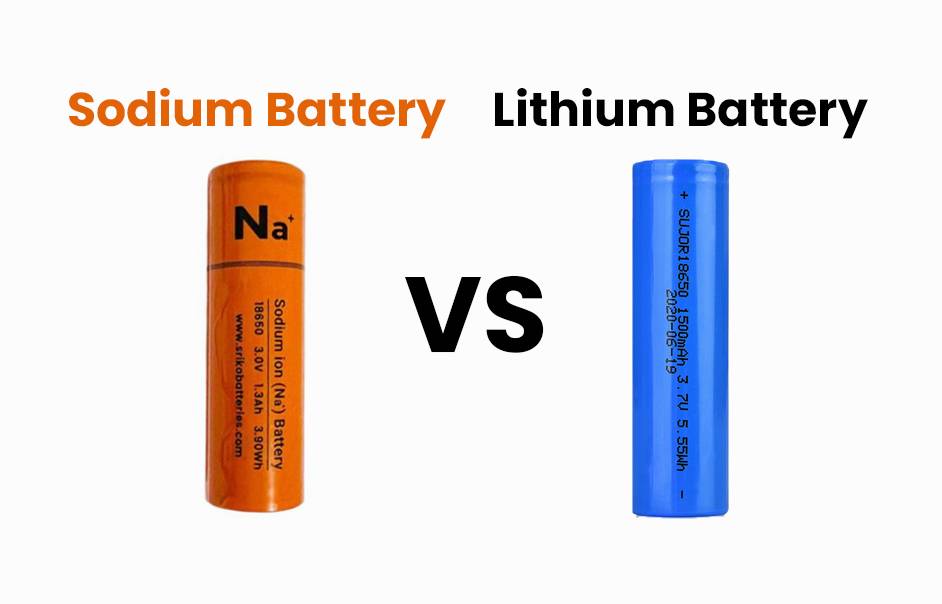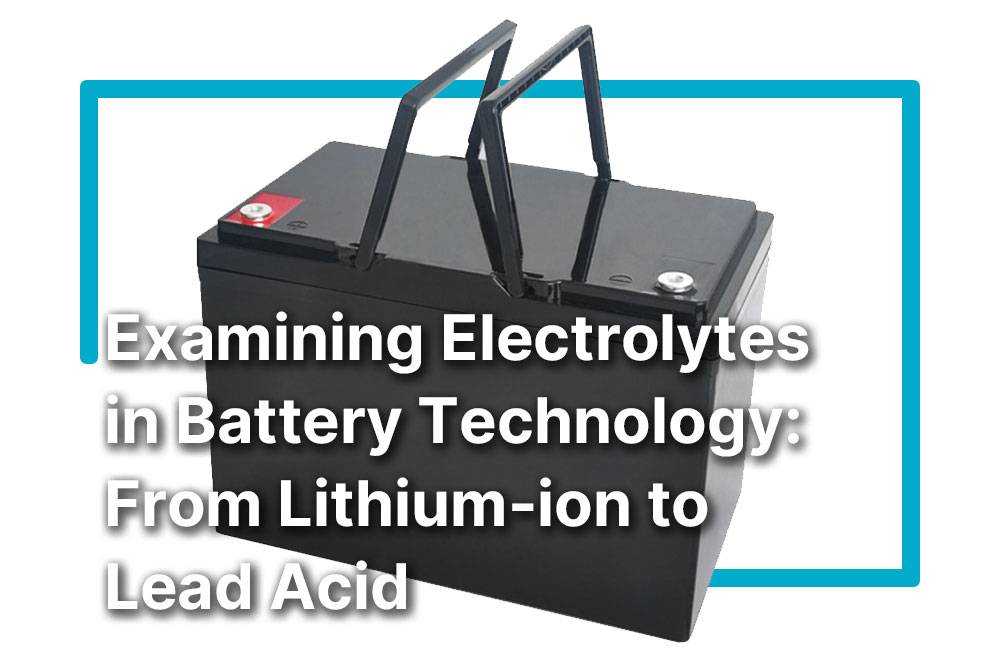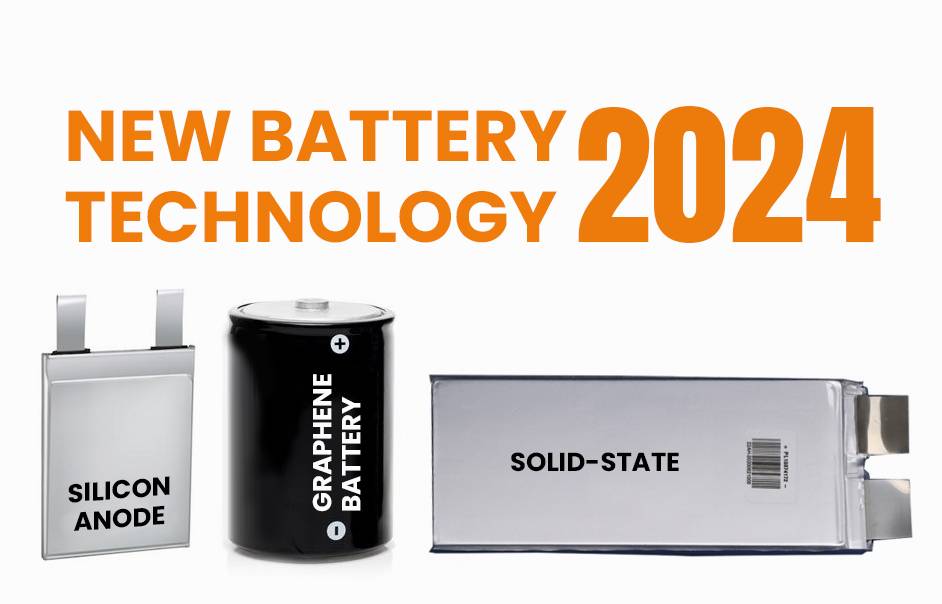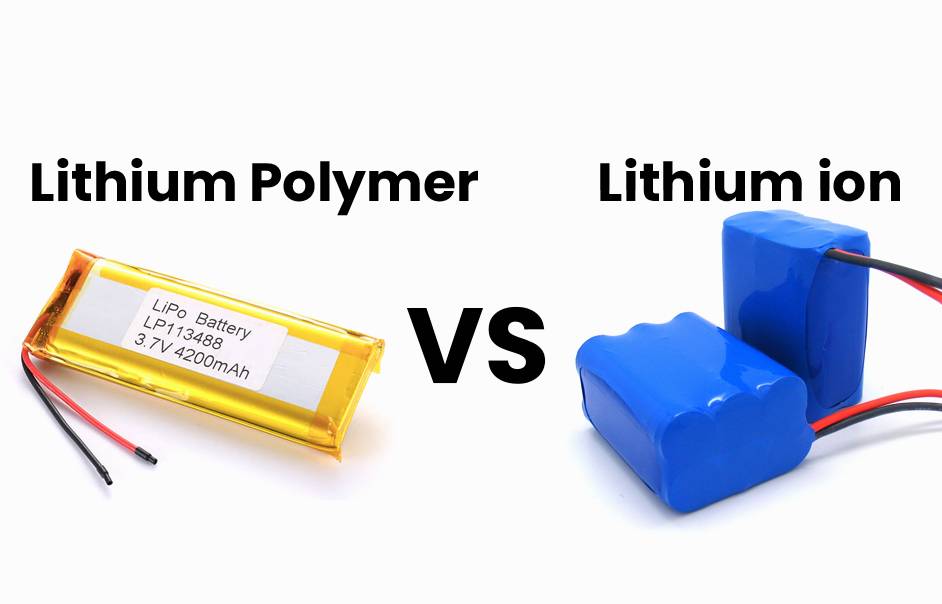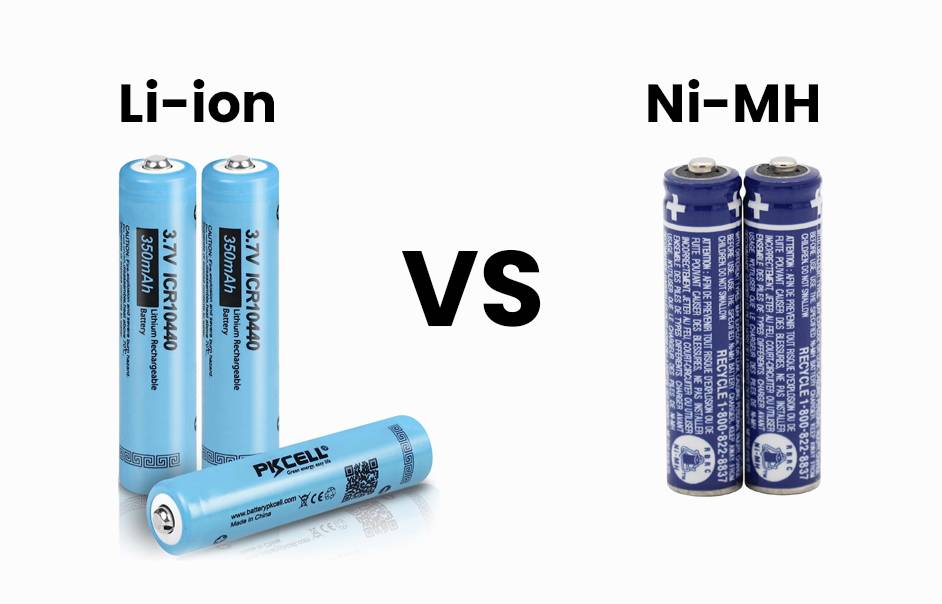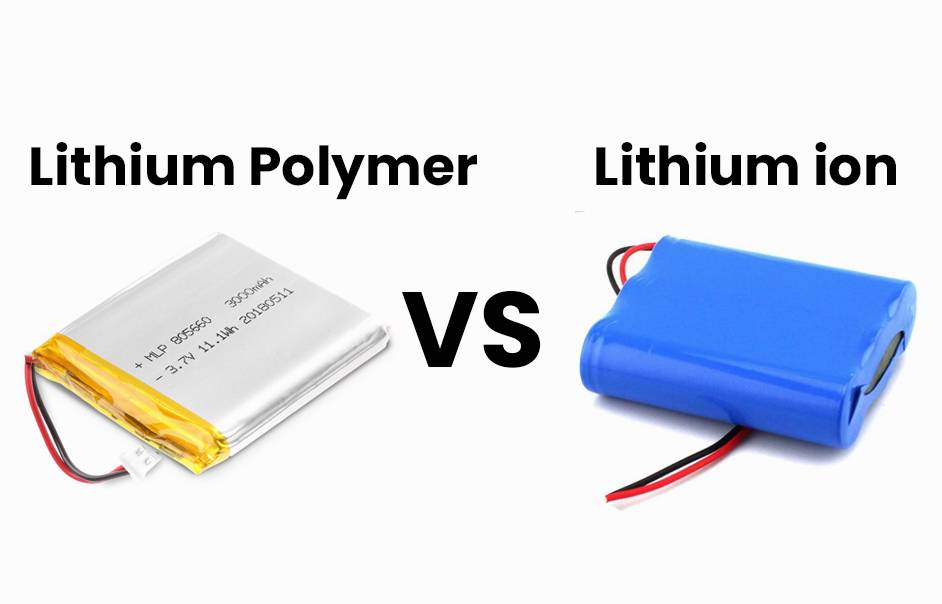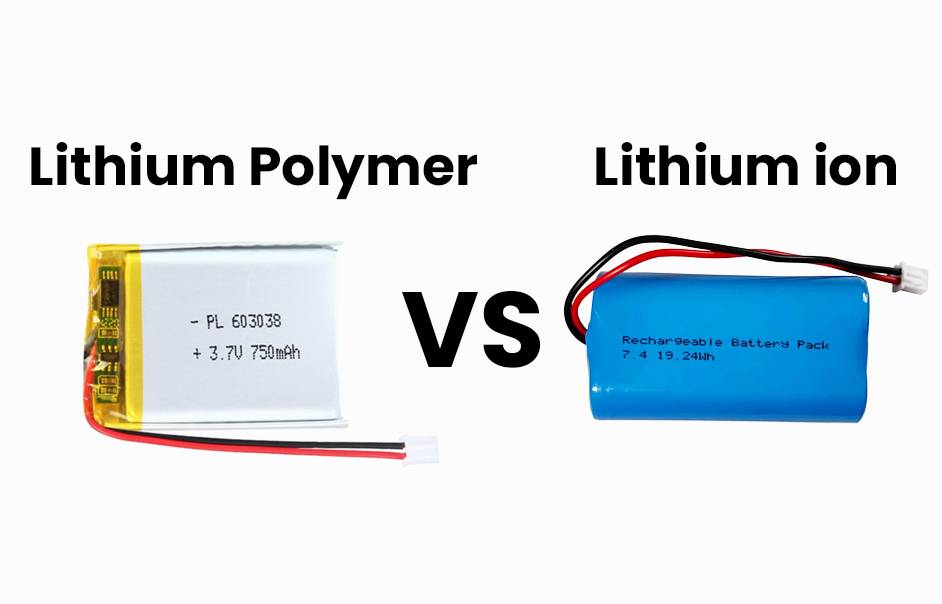Explore the world of battery technology with the rise of sodium batteries as a potential alternative to lithium. Promising cost-effectiveness, efficiency, and environmental friendliness, sodium batteries are gaining attention. This blog delves into their advantages, current technological developments, and environmental impact, sparking curiosity about their potential to replace lithium batteries in the future. Join us on this exciting journey through breakthroughs in battery science!
Comparison of Sodium and Lithium Batteries
When comparing sodium and lithium batteries, key factors impact their suitability for energy storage. Let’s explore energy density, cost, safety, size, weight, and current commercialization status.
- Energy Density:
- Lithium batteries boast high energy density, storing substantial power in compact packages.
- Sodium batteries have lower energy density than lithium, affecting their storage capacity.
- Cost:
- Lithium dominates the market, benefiting from economies of scale and established manufacturing, making it more cost-effective.
- Sodium batteries face cost challenges and are currently less affordable due to limited scalability.
- Safety and Size:
- Sodium batteries exhibit potential safety advantages as sodium is less reactive than lithium.
- However, sodium batteries are larger and heavier, posing limitations in applications prioritizing space and weight.
- Research and Development:
- Ongoing research aims to enhance sodium battery technology.
- Commercialization of sodium batteries lags behind lithium-ion technology, impacting widespread adoption.
Conclusion: Sodium and lithium batteries each have distinct pros and cons for energy storage. While sodium batteries show promise in safety and potential cost reduction with scaled production, their current limitations, including lower energy density, hinder widespread adoption as a replacement for lithium-ion batteries.
Advantages and Disadvantages of Sodium Batteries
Sodium batteries offer a potential shift from lithium technology, presenting distinct advantages and drawbacks. Let’s delve into the key factors shaping the narrative.
- Abundance and Sustainability:
- Sodium batteries leverage the abundance of sodium, an Earth-abundant element, offering a more sustainable raw material compared to lithium.
- This abundance positions sodium batteries as an environmentally-friendly choice, addressing concerns about resource scarcity.
- Cost-Efficiency:
- Sodium’s cost-effectiveness makes sodium battery technology potentially more affordable for consumers and applicable to industries like electric vehicles and renewable energy storage.
- The affordability of sodium can positively impact accessibility to advanced energy solutions.
- Energy Density and Safety Challenges:
- Sodium batteries face a challenge in terms of lower energy density compared to lithium counterparts, impacting their ability to store significant energy in compact spaces.
- Safety concerns arise from sodium-based electrolytes’ reactivity and potential dendrite formation during charging, affecting battery life and reliability.
- Research and Development Initiatives:
- Ongoing research aims to enhance sodium battery technology, focusing on material development and design improvements.
- These efforts aim to overcome limitations, paving the way for sodium batteries to become a viable alternative in various applications.
Conclusion: While sodium batteries hold promise due to their abundance and potential cost-effectiveness, addressing challenges related to energy density and safety is crucial for their successful integration as a replacement for lithium batteries in diverse applications. Ongoing research and development efforts are key to unlocking the full potential of sodium battery technology.
Current Developments in Sodium Battery Technology
Researchers are pushing the boundaries of sodium battery technology, unveiling exciting developments that could reshape the energy storage landscape.
- Solid-State Electrolytes:
- Solid-state electrolytes represent a significant leap forward, replacing traditional liquid electrolytes and enhancing safety and stability in sodium batteries.
- This innovation marks a crucial step toward making sodium batteries safer and more reliable for various applications.
- Energy Density Enhancement:
- Focus on increasing the energy density of sodium batteries aims to boost their storage capacity, potentially putting them on par with lithium batteries in terms of performance.
- Improved energy density opens up possibilities for sodium batteries to meet the demanding requirements of diverse industries.
- Cycling Life Improvement:
- Enhancing the cycling life of sodium batteries addresses the crucial aspect of long-term reliability by extending the number of charge-discharge cycles.
- This improvement ensures that sodium batteries can sustain their performance over an extended operational lifespan.
- Advanced Electrode Materials:
- Researchers are exploring diverse materials for electrodes, including carbon-based composites, transition metal oxides, and organic compounds.
- These materials aim to optimize the efficiency and overall performance of sodium batteries, contributing to their competitiveness in the energy storage market.
Conclusion: Current strides in sodium battery technology, from solid-state electrolytes to energy density enhancements and electrode material research, signal a promising future. While commercial viability on a large scale requires further work, these advancements bring us closer to realizing sodium batteries as a compelling alternative to lithium counterparts.
Environmental Impact of Sodium Batteries
When assessing sodium batteries as a potential substitute for lithium counterparts, their environmental impact becomes a pivotal consideration. Let’s delve into key aspects that highlight both advantages and challenges in this regard.
- Abundant Material Usage:
- Sodium batteries leverage abundant and easily accessible materials, reducing reliance on rare earth minerals.
- This approach aims to decrease environmentally harmful mining activities, promoting sustainability.
- Enhanced Safety Measures:
- Sodium batteries are generally safer than lithium-ion alternatives, exhibiting a lower risk of thermal runaway events.
- This reduced fire hazard contributes to overall safety and mitigates potential environmental damage from accidents.
- Environmental Drawbacks:
- Despite advantages, sodium battery production may entail significant energy input and generate greenhouse gas emissions.
- Proper disposal and recycling processes are crucial to prevent harmful chemical seepage into soil or water sources.
Conclusion: While sodium batteries offer promising advantages in availability and safety, a comprehensive evaluation of their environmental impact is necessary. Thorough analysis, particularly regarding production methods and end-of-life processes, is essential before determining their potential as a full replacement for lithium-ion technologies.
Potential for Commercialization and Adoption
Exploring the potential of sodium batteries unveils a growing momentum for commercialization and broad adoption. This is fueled by their abundance, cost-effectiveness, compatibility with existing infrastructure, and ongoing technological advancements.
- Abundance and Cost-effectiveness:
- Sodium batteries benefit from the abundance of sodium, offering a cost-effective alternative to lithium.
- Reduced vulnerability to supply chain constraints enhances their appeal for widespread production.
- Compatibility with Existing Infrastructure:
- Sodium batteries seamlessly integrate into current manufacturing processes with minimal adjustments.
- This feature eliminates the need for manufacturers to undergo extensive facility overhauls.
- Technological Advancements and Challenges:
- Ongoing advancements enhance sodium battery performance, focusing on durability, energy density, and cycle life improvements.
- Challenges persist, particularly in addressing energy density disparities with lithium-ion counterparts and ensuring safety with highly reactive materials.
Conclusion: Excitement surrounds sodium batteries’ potential due to availability and compatibility. While strides are made in technology and safety, overcoming challenges will determine their swift integration as a viable alternative, particularly in applications like electric vehicles and grid-level storage systems.
Conclusion: The Future of Battery Technology
Sodium batteries show promise for sustainable energy storage, overcoming lithium challenges. Ongoing research and development aim to enhance performance and environmental impact.

